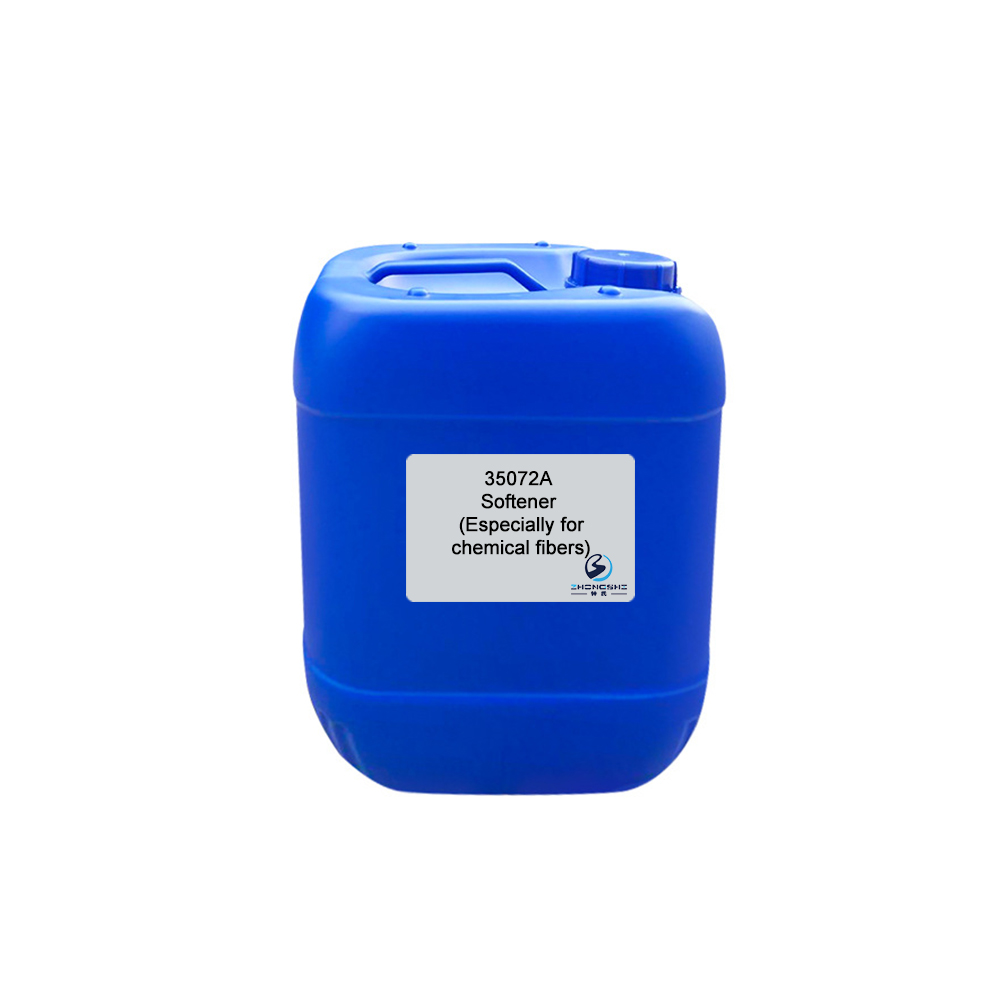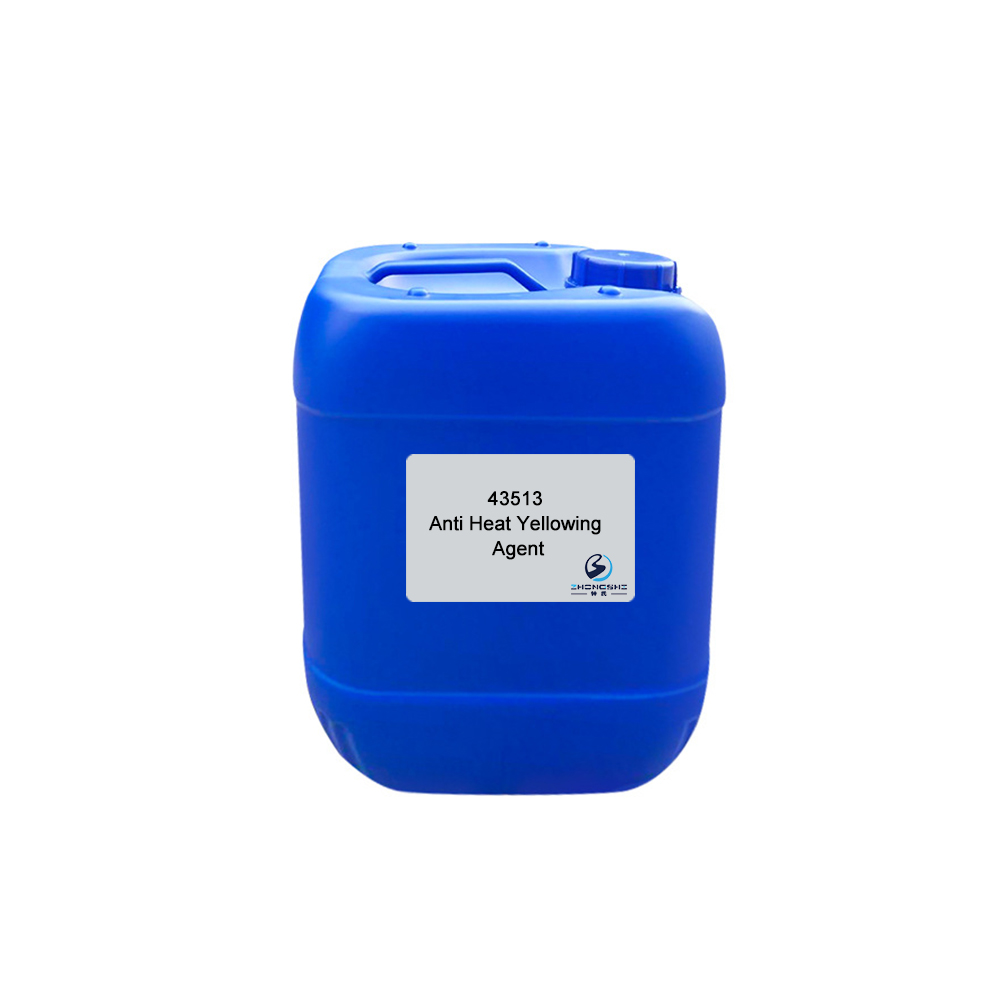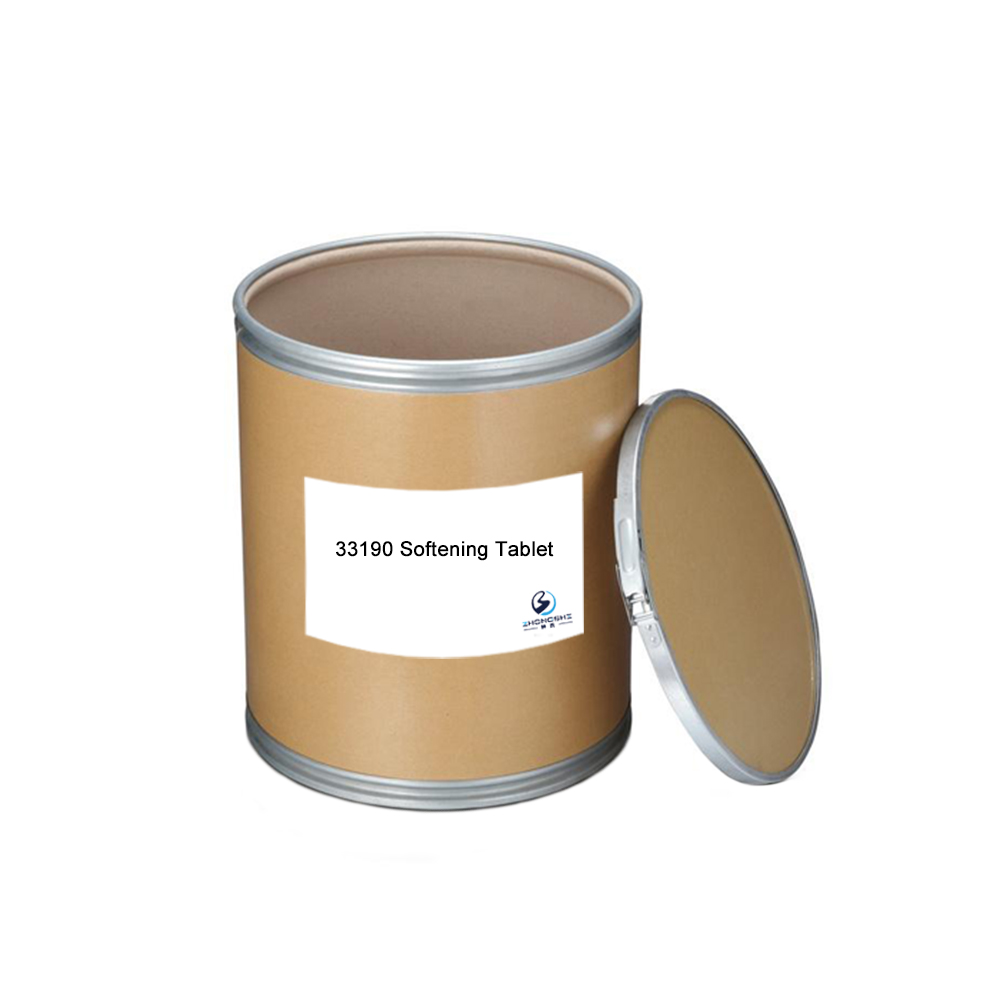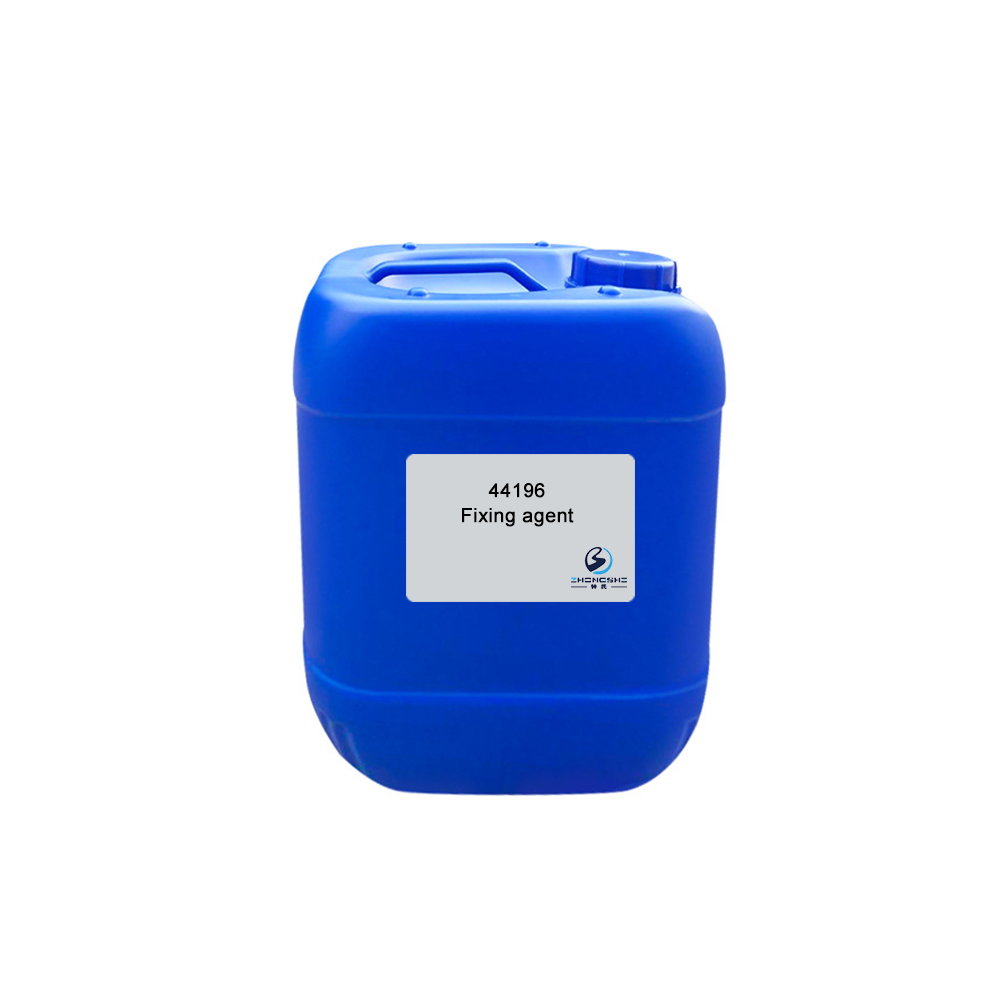China wholesale Yarn Silicone Oil - 88059 Silicone Softener (Smooth & Soft) – Innovative
China wholesale Yarn Silicone Oil - 88059 Silicone Softener (Smooth & Soft) – Innovative Detail:
eatures & Benefits
- Imparts fabrics excellent smooth and soft hand feeling.
- Improves the tear strength of fabrics.
- Excellent elasticity. Improves anti-wrinkling performance.
- Obviously improves sewing property of yarns.
- Extremely little influence on color shade.
Typical Properties
| Appearance: | Milk white fluid |
| Ionicity: | Weak cationic |
| pH value: | 6.5±0.5 (1% aqueous solution) |
| Solubility: | Soluble in water |
| Content: | 6% |
| Application: | Natural fibers, as cotton and flax, etc. |
Package
120kg plastic barrel, IBC tank & customized package available for selection
TIPS:
Chemical finishing processes
Chemical finishing can be defined as the use of chemicals to achieve a desired fabric property. Chemical finishing, also referred to as ‘wet’ finishing, includes processes that change the chemical composition of the fabrics that they are applied to. In other words, an elemental analysis of a fabric treated with a chemical finish will be different from the same analysis done prior to the finishing.
Typically chemical finishing takes place after coloration (dyeing or printing) but before fabrics are made into garments or other textile articles. However, many chemical finishes can also be successfully applied to yarns or garments.
Chemical finishes can be durable, i.e. undergo repeated launderings or dry cleanings without losing effectiveness, or non-durable, i.e. intended when only temporary properties are needed or when the finished textile typically is not washed or dry cleaned, for example some technical textiles. In nearly all cases, the chemical finish is a solution or emulsion of the active chemical in water. Use of organic solvents to apply chemical finishes is restricted to special applications owing to the expense and the real or possible toxicity and flammability of the solvents employed.
The actual method of finish application depends on the particular chemicals and fabrics involved and the machinery available. Chemicals that have strong affinities for fiber surfaces can be applied in batch processes by exhaustion in dyeing machines, usually after the dyeing process has been completed. Examples of these exhaust applied finishes include softeners, ultraviolet protection agents and some soil-release finishes. Chemicals that do not have an affinity for fibers are applied by a variety of continuous processes that involve either immersing the textile in a solution of the finishing chemical or applying the finishing solution to the fabric by some mechanical means.
After application of the chemical finish, the fabric must be dried and if necessary, the finish must be fixed to the fiber surface, usually by additional heating in a ‘curing’ step. A schematic diagram of a pad–dry–cure process is shown as below.
Product detail pictures:
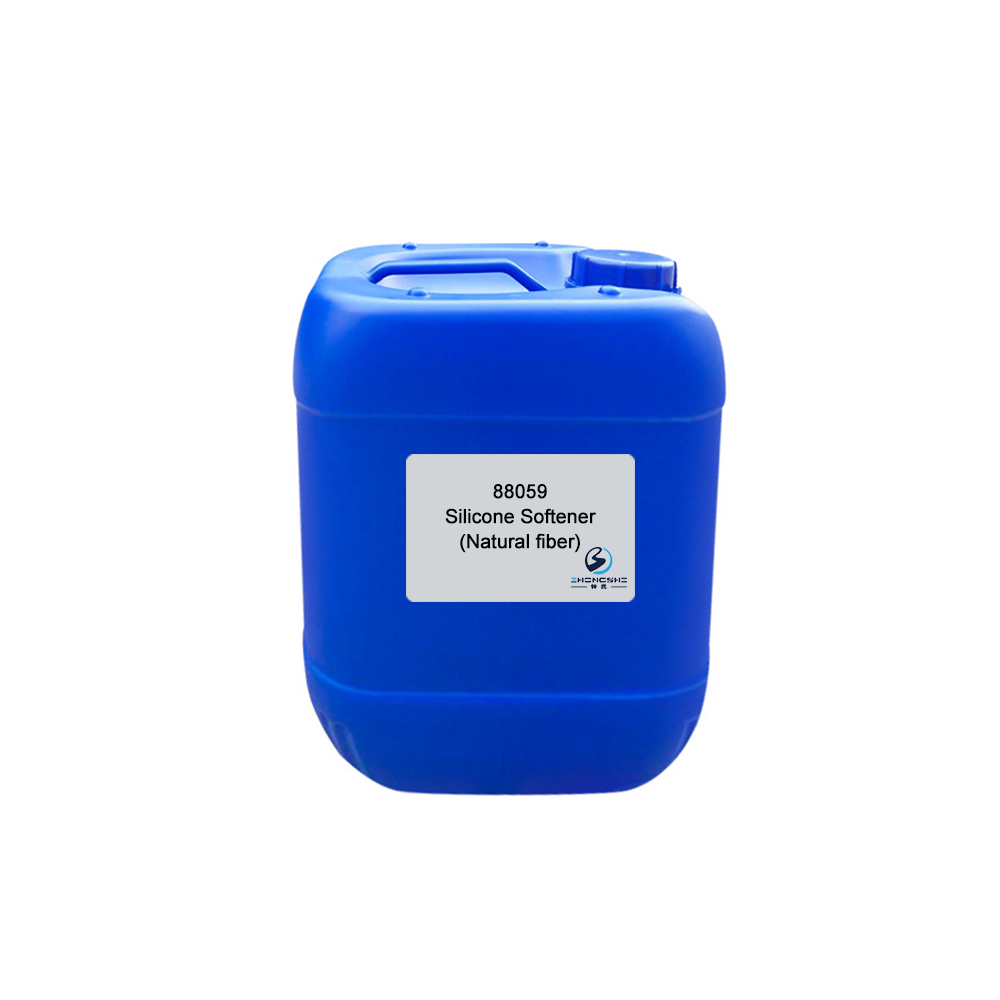
Related Product Guide:
Dyeing auxiliaries mainly include leveling agent, soaping agent, fixing agent, dispersing agent, resist agent and anti-migration agent, etc. China wholesale Yarn Silicone Oil - 88059 Silicone Softener (Smooth & Soft) – Innovative , The product will supply to all over the world, such as: Marseille, Pakistan, Algeria, Perfume Microcapsule Finishing Agent ST805 is nonionic and light yellow liquid. It contains natural plant extracts. Perfume Microcapsule Finishing Agent ST805 is suitable for fabrics of various kinds of fibers, as cotton, polyester, nylon and their blends, etc. It can keep lasting and comfortable fragrance, which is washable. It has various kinds of perfume, as lavender, sweet-scented osmanthus, lemon, rose and lily, etc. It has a certain health care function for human body. Perfume Microcapsule Finishing Agent ST805 has good compatibility. It can be used together with silicone oil in same bath without influencing hand feeling of silicone oil.
In our cooperated wholesalers, this company has the best quality and reasonable price, they are our first choice.



